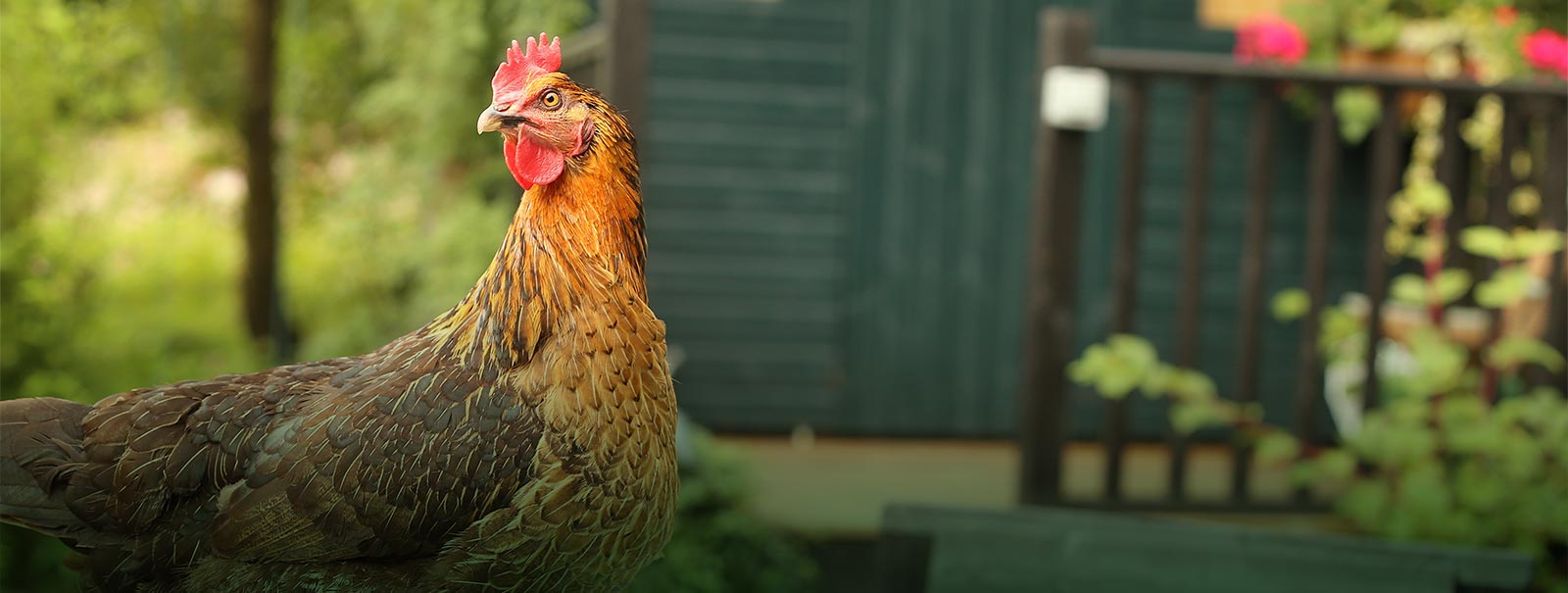
The advice hub Eggshell Quality
Eggs are remarkable objects, from a good source of food right through to an incubation chamber. The eggshell and membrane hold the content of the egg, protect the egg from damage, and help keep out bacteria. Keeping out bacteria is very important for our health and the health of any developing chicks.
It takes approximately 20 hours for a shell to form around the membranes. It is made up of a protein scaffold mixed with calcium carbonate crystals making up approximately 96% of the shell. The shell is deposited onto the membranes (along with pigment) in a region of the oviduct called the eggshell gland. The cells lining this gland are very similar to the cells lining the trachea (windpipe) and the kidney. This means that respiratory diseases such as Infectious Bronchitis, which attack the respiratory tract, can cause damage to the eggshell gland in the oviduct resulting in poor shell quality and lack of pigment i.e. a hen that normally lays brown eggs may lay pale shelled eggs.

There are a number of causes of pale/poorly shelled eggs:
1. Respiratory diseases, for example, Infectious Bronchitis, Newcastle Disease, Avian Rhino Tracheitis, Mycoplasma Galisepticum, can damage the egg shell gland causing poor shell quality. This is the most common cause of pale eggs and poor quality egg shells. If your chickens have abnormal shells then look closely for signs of Respiratory Disease. Most of these diseases are viral and antibiotics may have a limited effect on the problem. The birds may recover but a full return to their former glory cannot be guaranteed. If you want to determine which disease has caused the problem then a blood test can be carried out. If you have a large flock and breed your own birds you may wish to consider a vaccination program.
2. Bright sunlight in the summer can cause pale shelled eggs, however the exact reason for this phenomenon is still widely unknown. Keeping birds enclosed for several days can reverse this.
3. Laying cycles - chickens coming into or out of lay will take a few days before their oviducts start to function properly causing poor quality abnormal shells. This can lead to thin shelled eggs. Furthermore, as the bird goes through her cycle, her oviduct loses its tone leading to oddly shaped eggs.
4. Calcium or vitamin D3 deficiency can cause poor shell quality but this is rare. If the birds are on a good diet with some crushed oyster shell they should not have diet related egg shell problems. However, if you suspect that this is the problem then you can supplement the diet.
5. Stress can cause abnormal egg shells. If the bird is stressed (e.g. due to a predator attack), then the egg’s passage through the oviduct can be halted and extra shell can be added sometimes causing a ridged waist or a flat side.
6. Genetics - bear in mind that genetics can give a variety of shell colours from green shelled Legbar eggs, to brown speckled Maran eggs or white shelled Leghorn eggs.

